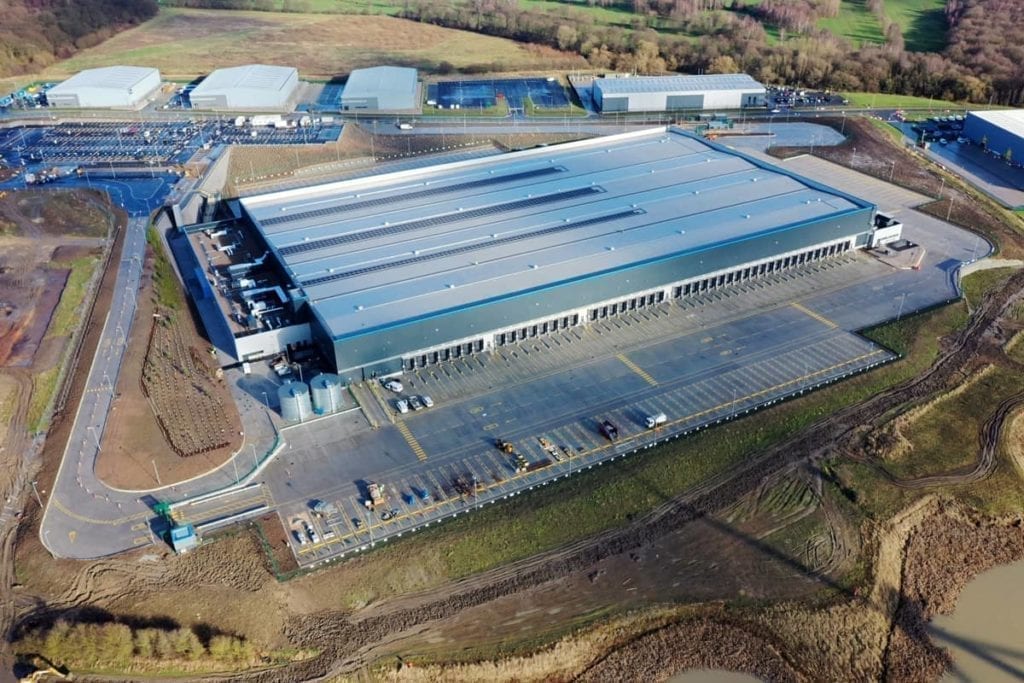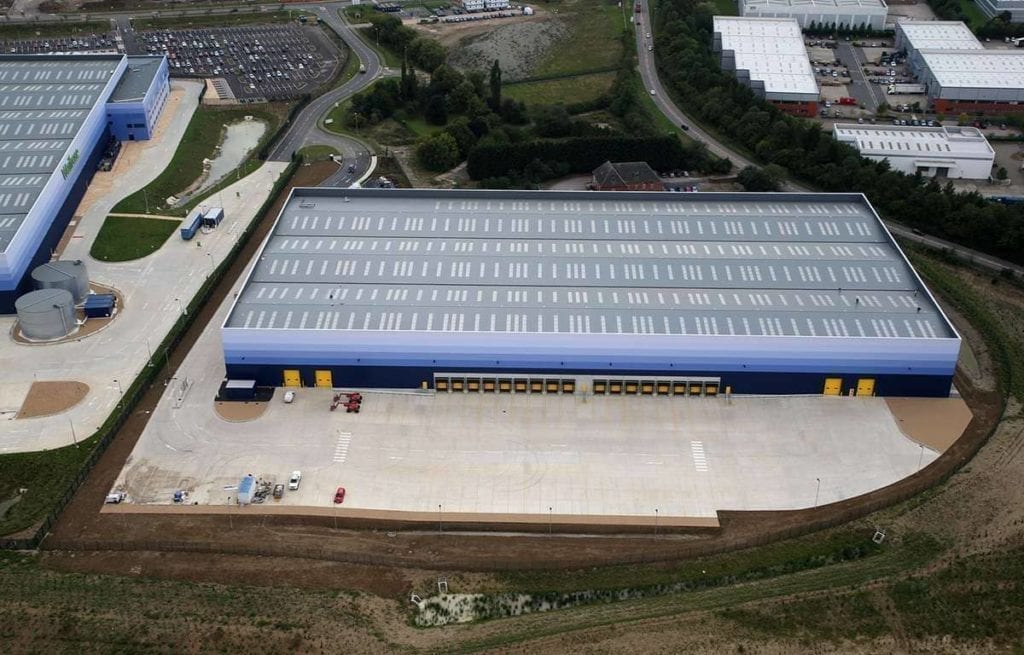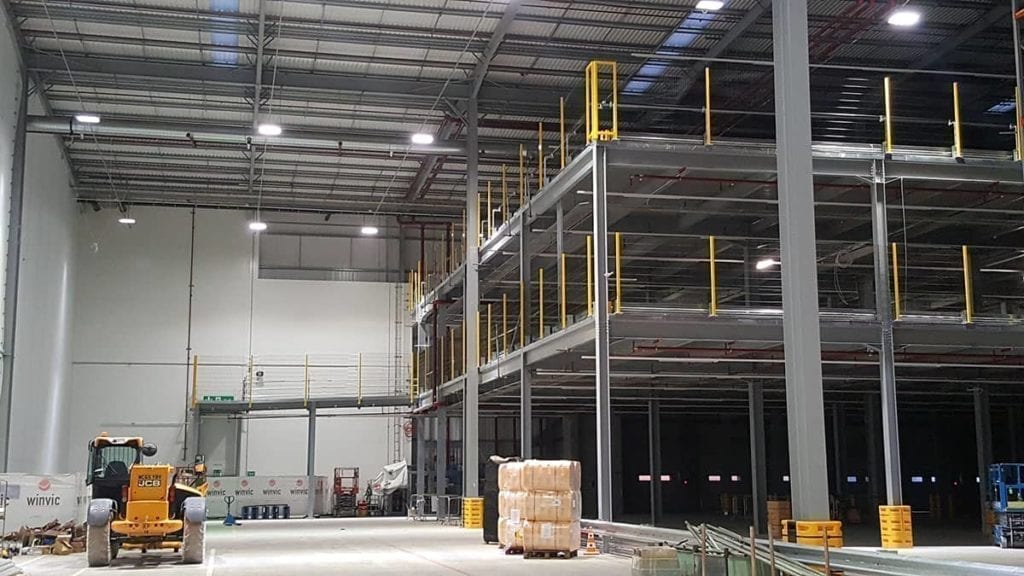Commercial driver training can only go so far in avoiding vehicle accidents on business sites. It’s important to know where to place speed bumps in workplaces, to manage all traffic movement.
Vehicle-related accidents in workplaces are still all too common.
The overall total in the UK is hard to count, as things like falling from moving vehicles can be recorded under ‘slips, trips and falls’. However, the fact that 20 people died after being struck by vehicles on business premises in 2019/20, is enough evidence that it’s still a serious problem.
There are also many other cases of vehicle injury at work, including ones occurring during reversing and slow speed manoeuvres, or even accidents during loading and unloading, coupling and uncoupling, maintenance and repair for example.
However, that death toll shows that vehicles moving around workplaces are still a significant part of the problem.
Managing speed on your business site is therefore not just a matter of H&S compliance. It’s an ethical duty, and a commercial priority to protect your business from interruption, loss of reputation and even potential litigation.
To help mitigate the problem, here are insights on sourcing and placing speed bumps in your workplace.
Do speed bumps work?
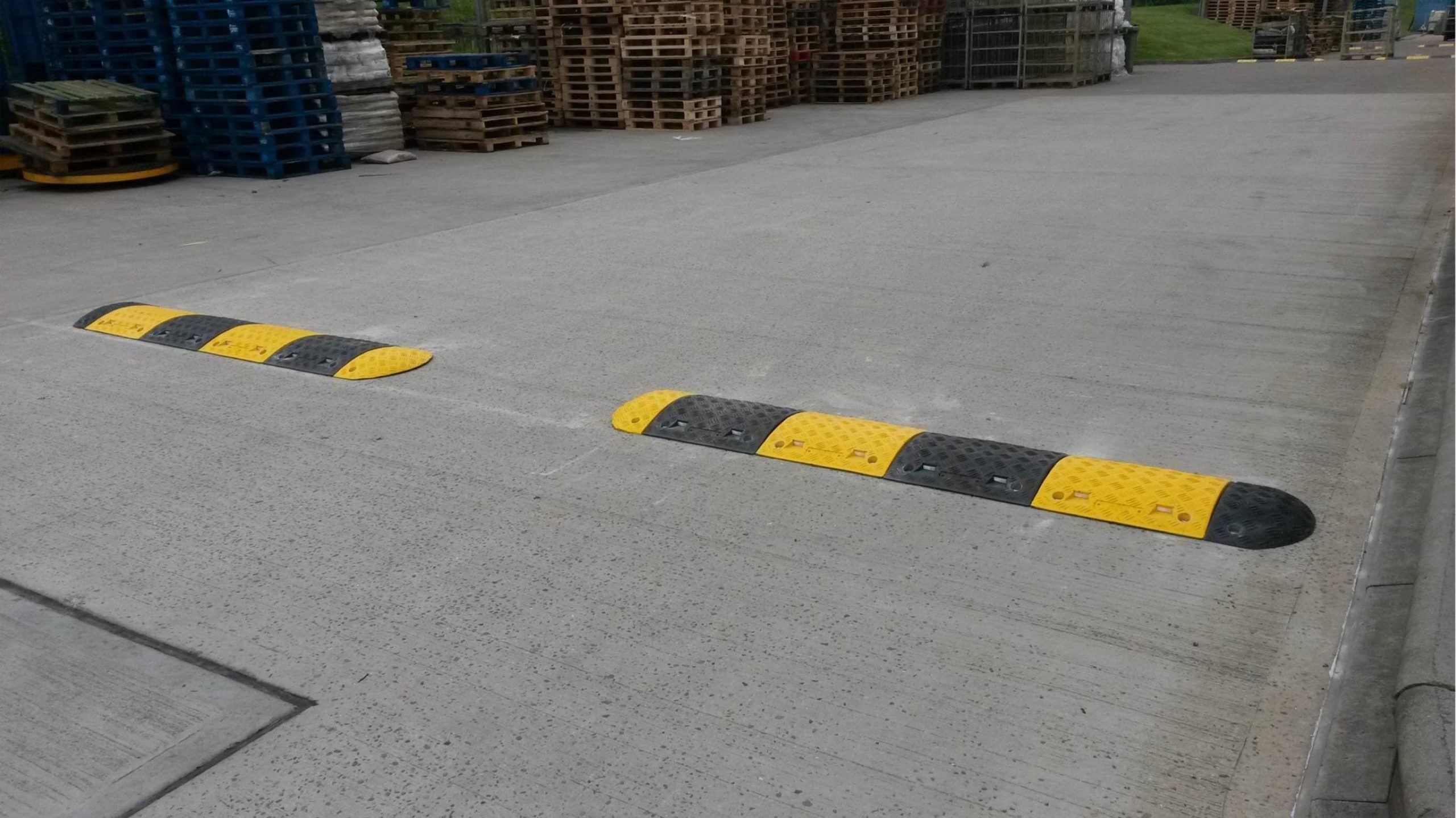
However, research shows that vertical speed bumps make a substantial ‘impact’ and reduce accident rates by as much as 44%. When accidents do happen where road bumps are used, the lower speeds result in less serious injuries.
Speed bumps work because their presence is proven to encourage drivers to cross them at no more than 15mph. A series of traffic calming systems will force drivers to manage their speed to an average of 20mph.
The effectiveness of speed bumps is why they’re so commonly used on public roads. Motorists are now accustomed to responding quickly and slowing down.
Speed bump regulations
There are regulations on the type and size of road humps you can use on public highways. If you are planning traffic calming measures on roads leading to or around your premises, you must adhere to the Highways Regulations (Road Humps) 1999.
Keep in mind that you can only install bumps on roads with speed limits of 30mph or less, and you must indicate their location clearly.
For commercial premises, once you have the landowner’s permission, it is vital to find a speed bump supplier to produce structures that are reliable, durable and effective. Cheap and dubious products could cause more problems than they solve!
Placing speed bumps for maximum effect
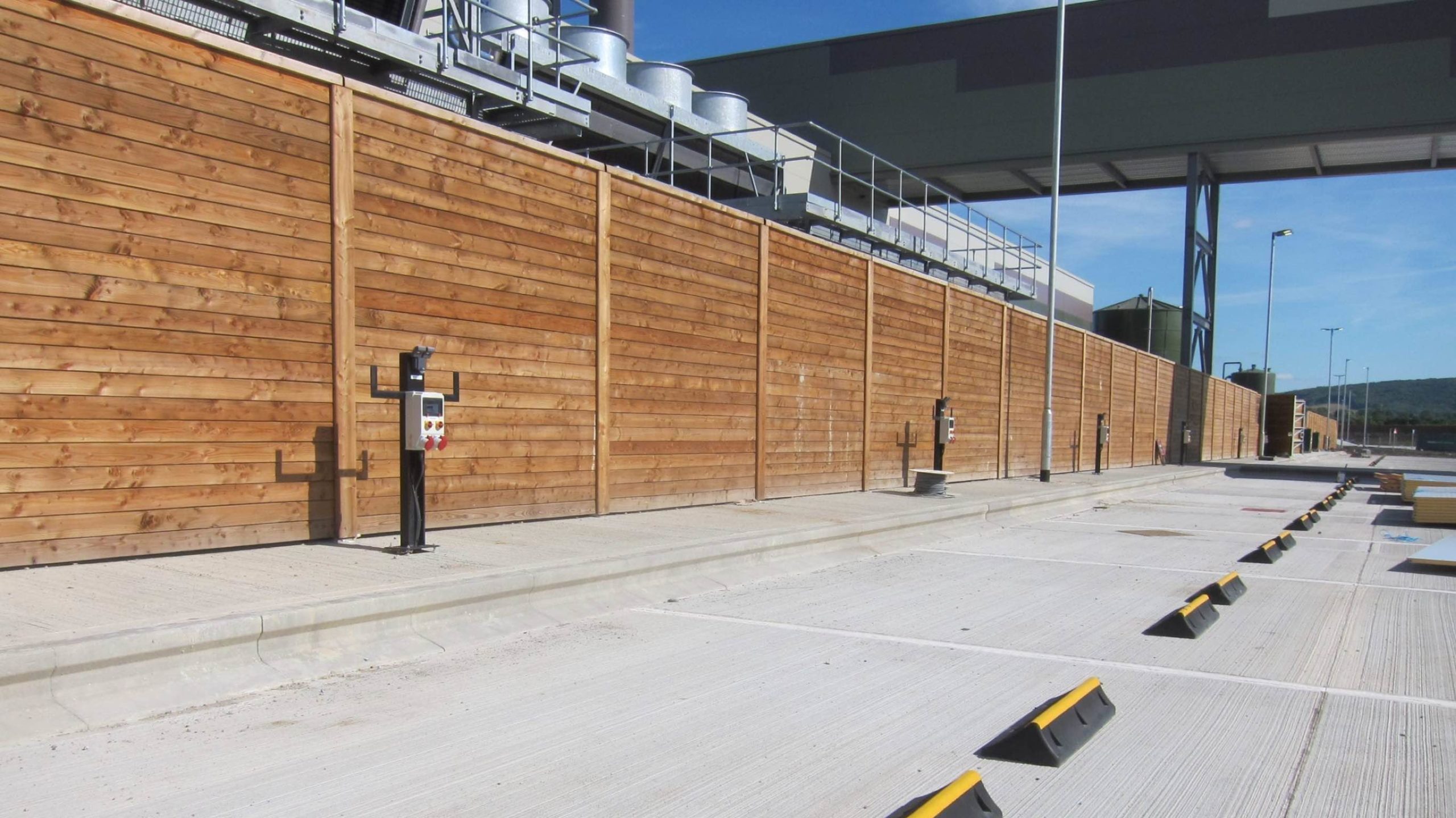
The starting point is a risk assessment of your site, finding strategic locations for all traffic safety products, including bollards, signs and road-based speed reduction systems. Speed bumps and wheel stops are often used in combination for warehouse environments, for example.
Potential locations include arterial site roads but also secondary access roads, car parks and areas where fleets and visiting lorries cluster.
Clearly, they need to be seen to be effective (and safe). So, hi-vis markings and signage must be included in your planning.
One of the key factors in specifying speed bumps is the fixing method, especially if you have HGV and LGV constantly passing over them. A structure that gets easily damaged or displaced creates a new safety hazard.
Also, the height and spread of speed bumps must be considered. This can mean working with an expert in traffic safety management, to get an effective speed deterrent that won’t damage your vehicles or make your site inaccessible for emergency vehicles.
The calculation is often height to speed goal ratio, and types of vehicles using your site. So, if you need to get drivers down to 5mph, you may need a bigger hump!
For most commercial sites, the perfect solution to managing vehicle speed is a 50mm high, black and yellow speed bump from BrandSafe. These come in kit form – in a range of lengths – to make them adaptable and easy to install on concrete or tarmac.
BrandSafe can supply custom-made speed bumps and ramps too if you need a site-specific requirement.
Also, contact us for help in mapping out traffic calming systems and other site safety features. It’s something we’re experienced at and can do fast!

